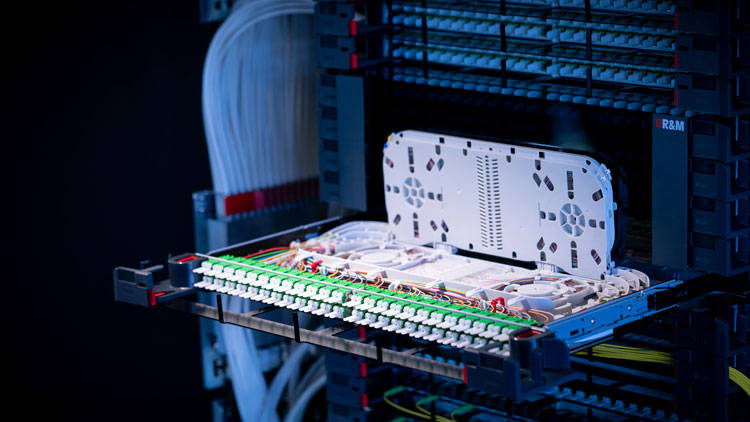In July 2018, one of the main wireless infrastructure operators in Europe, Cellnex Telecom, acquired XOC through its subsidiary Tradia Telecom. Cellnex currently has more than 53,000 locations in Europe offering housing services for mobile communications operators. It provides wireless communications services for the segments data connectivity, audiovisual broadcasting, security and emergency networks (PPDR, Public Protection, and Disaster Relief), smart cities, and IoT. With the acquisition of XOC, Cellnex has strengthened its position in the connectivity segment.
Main objectives
One of the main objectives is to deploy a high bandwidth FO telecommunications network, allowing the connection of current sites of the «Generalitat de Catalunya» and the administrative agencies that may depend on it. On the other hand, the network must be operated, maintained, and managed in line with the conditions dictated by the Directorate-General for Competition of the European Commission.
The XOC network topology is based on the deployment of backbone cables of 96 or 128 singlemode optical fibers, which interconnect the different telecommunications nodes; these can cover an area with a radius of up to 100 km. The different links in fiber optic distributors are terminated and the optical transport equipment and IP aggregation equipment are installed in these nodes. In the various municipalities where service provision is required, the deployment and distribution network is deployed from the backbone or nodes to the end customers. Given the market towards which the deployed network is oriented (wholesale market of telecommunications operators with services of very high availability and high capacity, or dark fiber), it could be supposed that the density requirement of fiber optic distributors is not an important condition for the selection and homologation of the fiber distributors.
The constant technological evolution of R&M in top quality and high-density fiber optic solutions means we have a reliable partner with whom we can engage in constant dialogue to face the coming years of continuous expansion.
Roger Llorca, Infrastructure Manager, XOC
The versatility of PRIME ODF is key
But in the search for efficiency and savings in OPEX, the size of the technical rooms hosting the nodes has tended to be significantly reduced. This results in significant cost savings (rent, air-conditioning, power consumption) but implies facing challenges regarding the efficient use of space and its correct organization. It is in this context that XOC has placed its trust in the R&M ODF solutions since 2013. In the early project phases, XOC deployed the ODF SCM main distributor, 19” and 21” 42U cabinets, Uniracks, Raceway, and HD fiber modules from R&M; the perfect design, reliability, modularity, flexibility, and customer support and orientation were all key factors in the choice of R&M solutions for the termination of the passive fiber optic network. In the course of 2019, XOC approved the new R&M main distributor PRIME ODF to be installed on its nodes. PRIME is a natural evolution that increases the density of ports on fiber distributors while retaining the other characteristics that have made R&M a reliable provider in the deployment of networks for XOC and the Cellnex Telecom Group.
The compact and versatile PRIME ODF modules are suitable for the flexible use of fiber optic terminations. They enable fast and simple installation in cramped environments as well as at sites with high fiber density. The tool-free system approach and the high modularity guarantee uncomplicated migration into new and existing network infrastructures. The 3U sub-rack 19” PRIME unit’s front mounting and its modular application (pure splice, splice patch, breakout applications, fiber storage) bring new versatility to the XOC network and is highly valued by the customer.
Facing new challenges with the help of R&M
Cellnex Telecom must face new challenges in the deployment of fiber optic telecommunications networks. 5G networks require a large transport bandwidth, and the connection of mobile phone sites with fiber optics will be a common occurrence in the coming years. Having a high capacity transmission output will be a requirement for mobile operators to choose locations for their antennas and radio access equipment. In this context, the possibility of having a comprehensive, reliable, and scalable technical solution is of paramount importance for the successful deployment, operation, management, and maintenance of the passive fiber optic network, and the fundamental pillar for its subsequent commercialization.
Cellnex Telecom, together with XOC, will face future challenges with the support of technology partners such as R&M, with the confidence of having solutions adapted to technological evolution and future market needs.



